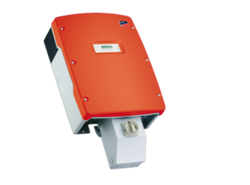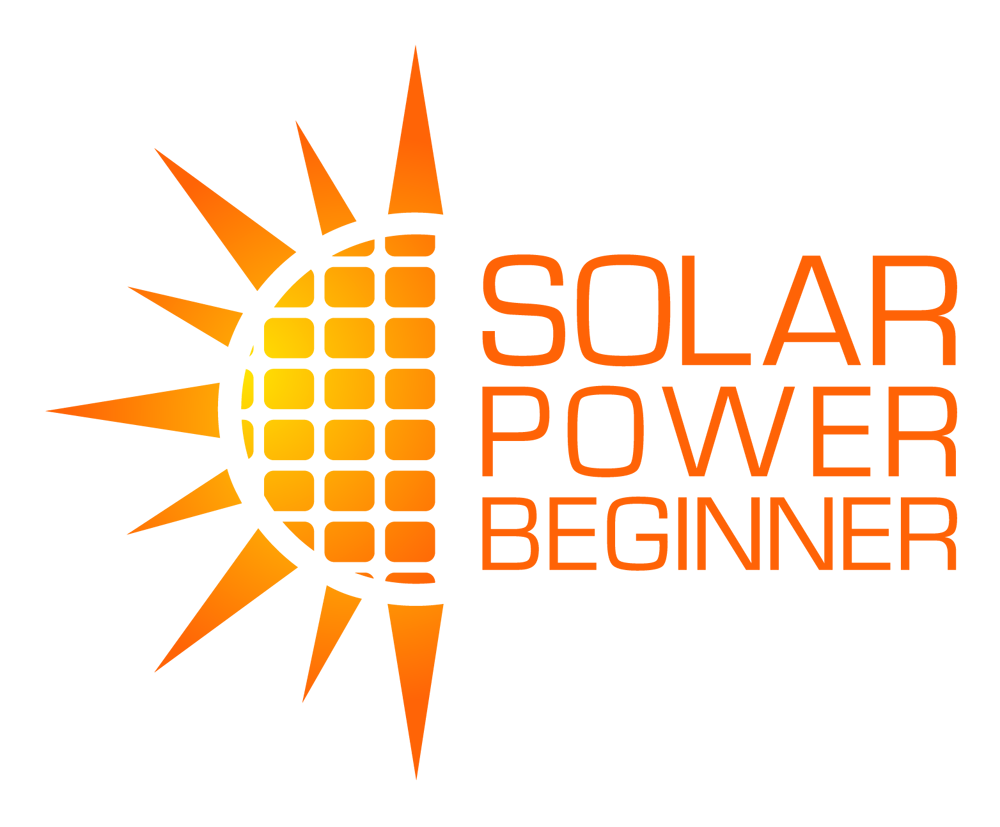Why is a solar power inverter such an important part of your solar system?
Well, let’s do a three point review to refresh your memory:
1. Solar panels take sunlight and create direct current (DC) electricity
2. If you have a battery bank this DC current is stored in your deep cycle batteries (only DC current can be stored in batteries)
3. When you need to use some power to play a CD or turn on a light you need alternating current (AC), not the DC current stored in your battery bank.
How do you get that AC power you need to run your appliances?
That’s right!
Your solar power inverter converts the DC to AC.
That’s why your inverter is such an integral part of your solar panel system.
Now that we’ve got that out of the way, let’s take a look at the two distinct categories of inverter:
- Sine Wave Inverters These are the pricey solar power inverters that give you the “real thing”. In other words, they produce electricity that matches your utility for smoothness and quality.
- Modified Sine Wave Inverters These are cheaper but you also get a reduction in quality of electricity. Though it may work fine for toasters and lights, it could cause problems with computers, microwaves, dimmer switches and other items.

Should you go with sine wave or modified sine wave?
If it’s for your house you probably want to go with a true sine wave inverter. That way you know you can run anything you want with no problems. Also, most appliances run more efficiently and use less power with a sine wave inverter.
If you just need some power for a getaway cabin or outbuilding a modified sine wave inverter may do the trick.
If you’re planning a grid-tie system and won’t be using any batteries, your inverter will be serving a different purpose. In the day it will power your home and sell excess power to the utility. At night it will make sure no grid power is directed to your solar panels.
A solar power inverter is an integral part of your solar set-up. Do your research before you buy and don’t skimp on this one, you may regret it.
Some manufacturers to check out are:
- Xantrex
Features a good selection of solar inverters including:- GT30 Grid Tie Solar Inverters
- GT500 Grid Tie Solar Inverters
- Sunny Boy
Featured models include:- Sunny Boy 700U – Its compact size and economical price make it perfect for starter systems. It’s also a great way to add a bit more power to an existing solar system. Features a ten year warranty.
- Sunny Boy 3000US / 4000US – Features an integrated DC disconnect to make installation easier. Comes with a standard ten year warranty.
- Sunny Boy 5000US / 6000US / 7000US – These larger units are equally suited for large residential or commercial applications. Comes with an integrated DC disconnect switch and a standard ten year warranty.
- Outback
Inverters include:- FX Sealed Inverter/Chargers – The FX Series features an incredibly durable design featuring a die-cast aluminum chassis with a powder coated finish to prevent corrosion.
- VFX Vented Inverter/Chargers – Designed for more protected installations, the VFX Series includes a die-cast aluminum chassis and an air intake with an easily cleaned filter.
Also, check out “microinverters” by Enphase Energy. One of these little babies goes on each solar panel instead of one large inverter taking the power from your whole array.
Advantages? Well how about “Maximum Power Point Tracking” (MPPT)? This means higher system output since shade on one solar panel doesn’t affect other panels in that string. Also, you get to track the output of each of your solar panels on your computer. Cool!
